
OR
'Nepal’s education policy formulated at the behest of donor agencies'
Published On: March 3, 2024 09:09 PM NPT By: Ruby Rauniyar
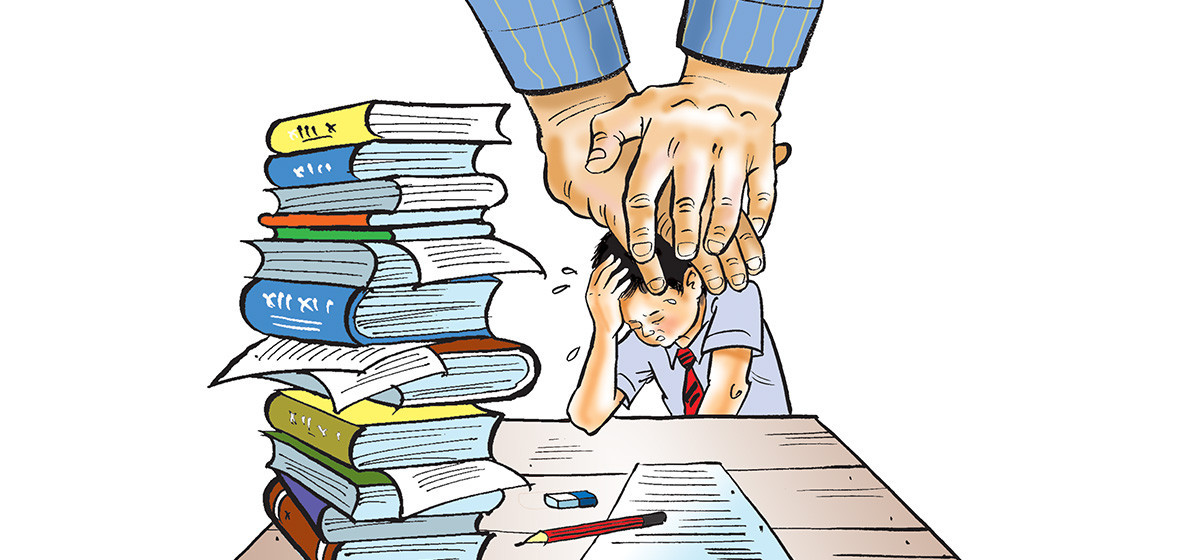
KATHMANDU, March 3: The educational institutions and policies seem to be continuously shaped by the donor agencies in Nepal. Sometimes, the three-level school education is turned into two levels. Sometimes, a grading system is implemented where all students pass. Sometimes, a minimum pass mark is made mandatory. Sometimes, the three-year bachelor’s degree courses under Tribhuvan University are changed to four years courses. Then, again, things are reverted to three years. All this makes it clear that the schools and universities in Nepal are increasingly becoming the laboratories for the donor agencies.
Education at schools in the country is provided as per the Education Act of 2028 BS. According to the same act, until a decade ago, school education had three levels - primary education (grades 1-5), lower secondary (grades 6-8), and secondary (grades 9-10).
Similarly, Grades 11 and 12 were placed under higher secondary education. Accordingly, the Teachers' Service Commission had been making permanent appointments of teachers at all three levels of schools. According to this Education Act, the SLC examination (Grade 10) was held till 2071 BS. The results were based on the percentage system. Due to the provision of pass and fail, students used to feel pressured to study. Teachers also used to teach with the fear of failures.
The Education Act of 2028 BS has been amended at various times and is currently in effect. However, as the country has transitioned to federalism, a new education act has not been introduced to adapt to the changing circumstances. The government has also not been able to introduce a Higher Education Act.
Taking advantage of this, donor agencies such as the World Bank, Asian Development Bank, Finland, Denmark, India, Germany, America, and the UK have been making investments in Nepal's education sector from school to university level to tailor education to their needs. Their investment covers only about 10 percent, while the remaining 90 percent is borne by the government. But this 10 percent investment has turned Nepal's educational institutions into a laboratory of donors where they carry out various educational experiments.
Especially in the school sector, the government implemented the school education sector plan from 2066 BS to 2072 BS with the support of donor agencies. According to this plan, the government aimed to establish basic and secondary education from primary to class 8 as foundational, while maintaining secondary education from classes 9 to 12. It also aimed to implement the Secondary Education Examination (SEE) for class 10, eliminating the percentage system and adopting a grading system where all students pass. Furthermore, to ensure universal access to education, the government adopted a policy to make school education mandatory and free (including all kinds of fees, textbooks, etc.).
The government moved forward as per the recommendation of the donor agencies. Accordingly, from the year 2072 BS (2015 AD), the School Leaving Certificate (SLC) was replaced by the Secondary Education Examination (SEE). The National Examination Board (NEB) started publishing results using a grading system. Many students scored lower grades in SEE. However, a grade of 1.6 GPA, known as 'D+,' was considered a failure, students were not allowed to enroll in classes 11 and 12.
No significant achievements were made in the seven-year plan. In other words, the plan was unsuccessful. After that, donor agencies pressured the government to re-implement the same program under a different name, known as the Seven-Year School Sector Development Plan, from 2073 to 2080 BS.
A comprehensive action plan, inclusive of resources, was prepared for the first five years of the plan from Shrawan, 2073 to Aashadha 2078 (2016 to 2021 AD). Up until the year 2079 BS (2022 AD), Nepal was formulating this plan into action through participatory approaches under the leadership of the Ministry of Education, with the aim of elevating Nepal to the status of a developed nation in the realm of education.
This plan is also seen as an important tool to achieve the goal of sustainable development and transform Nepal into a middle-income country by 2087 BS (2030 AD).
Past achievements, lessons learned and integrated agendas of the Education for All Program (2004-2009) and School Sector Reform Program (2009-2016) conducted under the National Action Plan for Education for All (2001-2015) served as integrated frameworks for this plan. However, this program also largely turned out to be unsuccessful.
Once again, the Ministry of Education, Science, and Technology has introduced a five-year (2023 to 2028) School Education Sector Plan. Teachers are at the heart of this plan. It aims to enhance teachers' capacity and identify the need for quality education at the local level to provide effective education.The government only formulates education policies and programs under pressure from foreign donor agencies. There is a situation where the quality of education is deteriorating due to the lack of its own solid education policy and laws. Government statistics reveal a decline in the quality of students' education levels.
The Education Review Office of the Ministry of Education has publicly disclosed the fact that the average educational level of students at the school level has not been able to reach even 50 percent, according to the student learning report. Therefore, the NEB has again made a passing percentage mandatory for SEE.
In the upcoming SEE results, it has been mandated that students must score a minimum of 35 percent in each subject. This further proves that our education sector is becoming a foreigner's testing grounds. Despite the provision of free education policy in the directives of foreign donor agencies, its practical implementation remains uncertain.
Education in private schools is fully fee-based, but the inability of government-funded education to be entirely free raises questions. Even though the government strives to provide free education, the lack of sufficient budget allocation for education remains a significant challenge. How can education be provided free of cost amidst inadequate budgetary provisions from the government? Moreover, many schools lack an adequate number of teachers, which adversely affects subject-specific education. Consequently, government schools often resort to charging fees from students to manage teacher recruitment and administration.
According to the National Census of 2078 BS, there are a total of 7,500,000 children aged between four and seventeen years in the country. Among them, some 853,000 children are still out of school. This means that 11.3 percent of children are yet to enroll in schools. Why don't these over 850,000 children go to school? The answer lies in the fact that the situation arises mainly due to the presence of children from disadvantaged groups who face difficulties in accessing schools. Various research studies have brought out similar findings.
A recent study conducted by the Center for Education and Human Resource Development under the Ministry of Education, Science and Technology and UNICEF on the situation of out-of-school children has revealed that around 11.3 percent, or roughly 850,000 children in Nepal, are facing significant barriers to accessing education.
The study highlights that children, particularly girls, are reluctant to attend school due to various factors such as weak financial conditions of parents, social challenges, geographical barriers, and poor family conditions.
Due to various reasons, including the transition to federalism, the structure of the education sector remains outdated. To address the challenges observed in education sector management, the government now aims to immediately enact new education laws.
Prof Dr Keshar Jung Baral, the newly appointed Vice-Chancellor of TU, has mentioned in his four-year action plan that the four-year bachelor's degree will be reduced to three years. Former vice-chancellor Prof Dr Dharma Kanta Baskota had been preparing to reduce the Bachelor's degree to three years under pressure from foreign donor agencies.
In 2071 BS, under the leadership of the then Vice-Chancellor Prof Dr Hira Bahadur Maharjan, the three-year Bachelor's degree was extended to four years to make it ‘internationally competitive’. However, considering that the four-year course was becoming lengthy and less attractive to students, Baral has sought to shorten it back to three years.
Vice-Chancellor Baral has also mentioned that preparation is underway for a one-year honors course. However, in terms of students' rights, this seems incorrect because currently, globally, bachelor's degree courses are four years long. Nepali students who study three-year courses might not be recognized by reputed international universities.
Nepali students have to face difficulties again to get higher education abroad. Retaking the bridge course for a year will cost millions of rupees. There is a history of Nepal's university students becoming testing grounds even before the Higher Education Act was enacted. Before 2052 BS, there were even two-year bachelor's degree courses in Nepal.
From 2053 to 2070, bachelor's degree was made three-year under the pressure of foreigners, especially the donor agencies of European countries. Later, from 2071 BS, under the pressure of donor agencies, the four-year bachelor's program was introduced.
As a result, we observe a recurring trend of universities being transformed into testing grounds for foreigners. Nepali students have opted to study in neighboring India due to its three-year bachelor's program. Consequently, officials of Tribhuvan University (TU) have discussed the possibility of transitioning Nepal's bachelor's degree programs to a three-year format.
Vice Chancellor Baral has indicated that they are considering making only 'professional' subjects four years long, while subjects like social sciences, education, and management would remain three years long. This raises concerns that other subjects may not receive adequate attention. However, there is a growing demand for skilled individuals in the global market who have studied social sciences. Meanwhile, as TU has not been able to implement its academic calendar, students might end up spending five to six years in their studies, adding to their financial burden. When will TU realize that this could be a factor causing students to prefer other institutions to TU? There are instances where results were not published even until 10 months after the exams.
TU has been unable to maintain educational standards, unable to make the curriculum time-appropriate, and unable to complete the courses on time, thus failing to provide students with academic certificates within the stipulated four years. Due to these factors, students' enthusiasm and time for education have been wasted. When will TU understand this? There needs to be a comprehensive analysis and discussion about why TU has sought to reduce the four-year undergraduate program to three years - whether it's for cost-effectiveness, popularity, or personal preference.
You May Like This
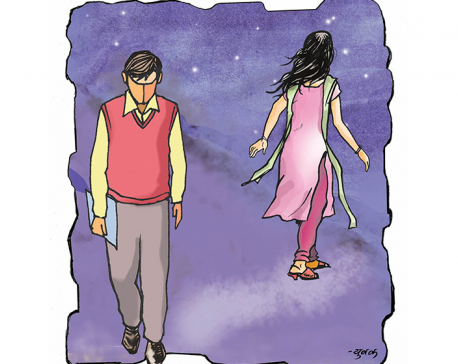
Number of single women increases in Nepal
KATHMANDU, Nov 25: The number of single women in Nepal has increased of late, according to the latest report. In... Read More...

Province 5 begins formulating policies to tighten security
RUPANDEHI, Oct 4: In a bid to tighten security in Province 5, Ministry for Internal Affairs and Law has started discussions... Read More...

Call to revisit policies on water, energy cooperation
KATHMANDU, Feb 16: Though the sixth periodic plan had introduced the idea of exporting electricity back in the 1980s, the possibility... Read More...
Just In
- Finance ministry approves SEBON’s proposal to reduce stockbrokers’ commissions
- Embassy of Nepal in Islamabad urges Nepalis not to go to Kyrgyzstan illegally for foreign employment
- Nepal’s labor exodus drives Indian laborers to fill gaps in domestic factories
- India's BJP extends invitation to Nepal's key parties, including PM Dahal's, to observe Indian election campaign
- NSO estimates Nepal’s per capita income at US $ 1,456
- RSP calls Central Committee and Secretariat meeting
- Narayanghat-Butwal road reports 50 percent progress in over five years
- Minister Bhandari requests Chinese govt to facilitate Nepali exporters in customs and quarantine






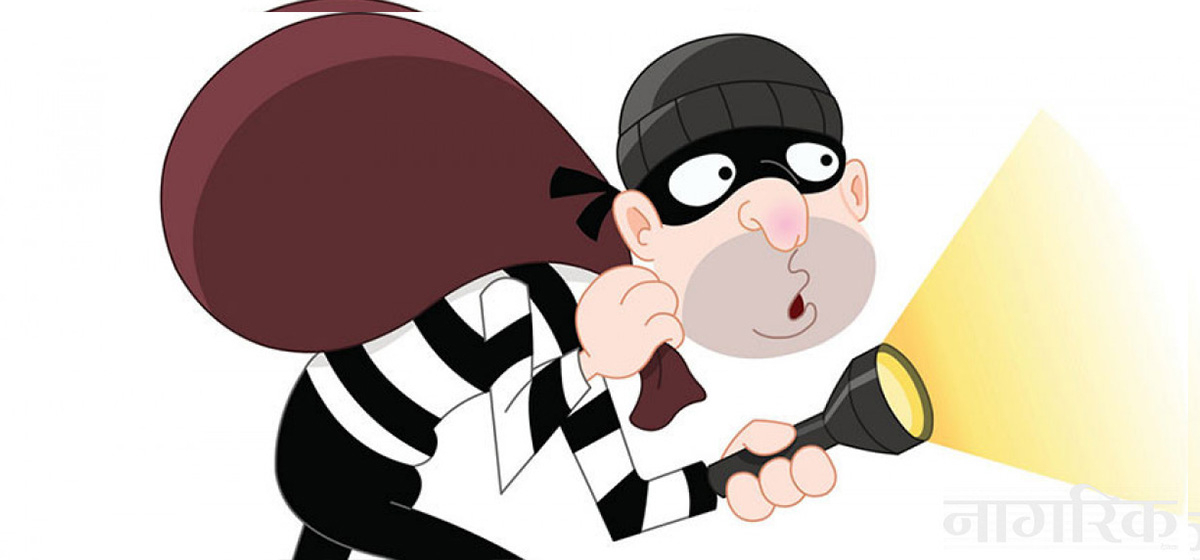

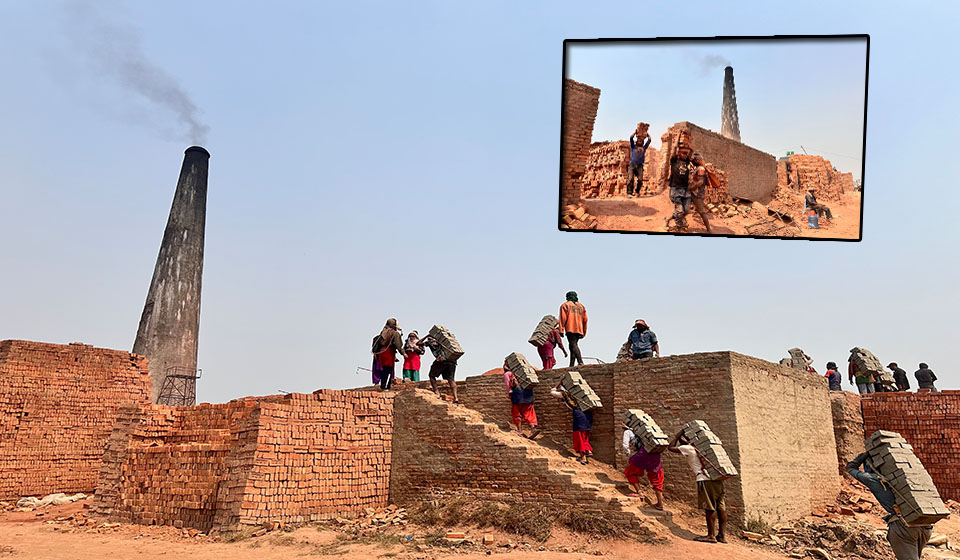
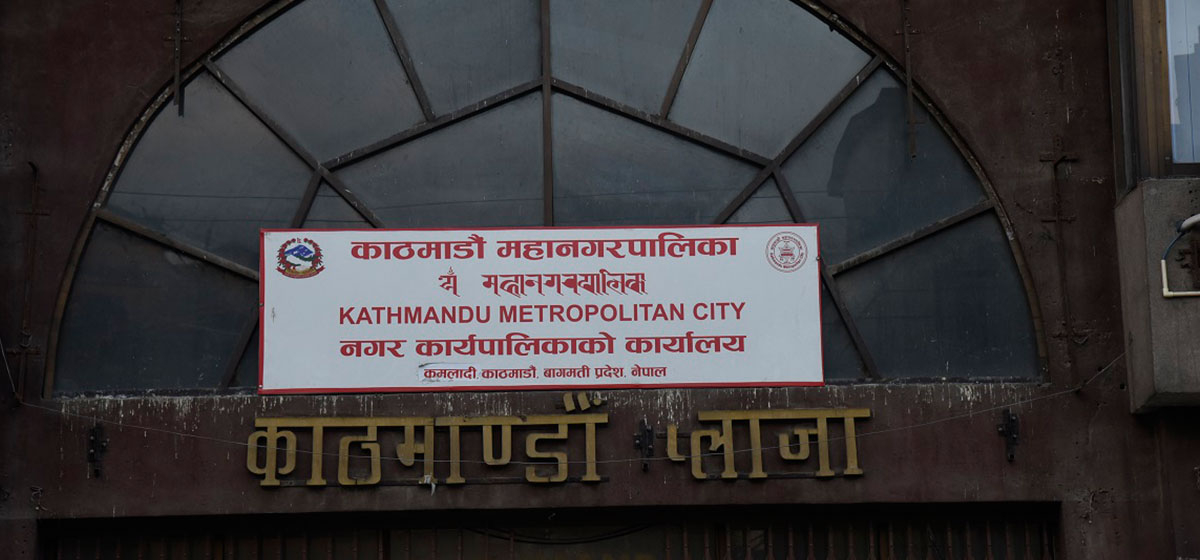
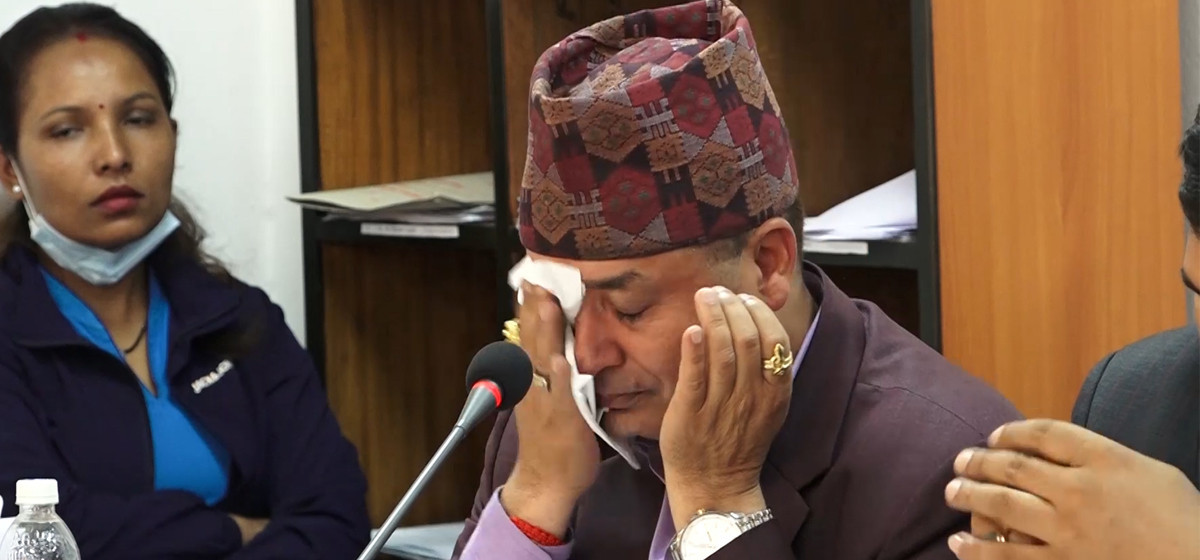
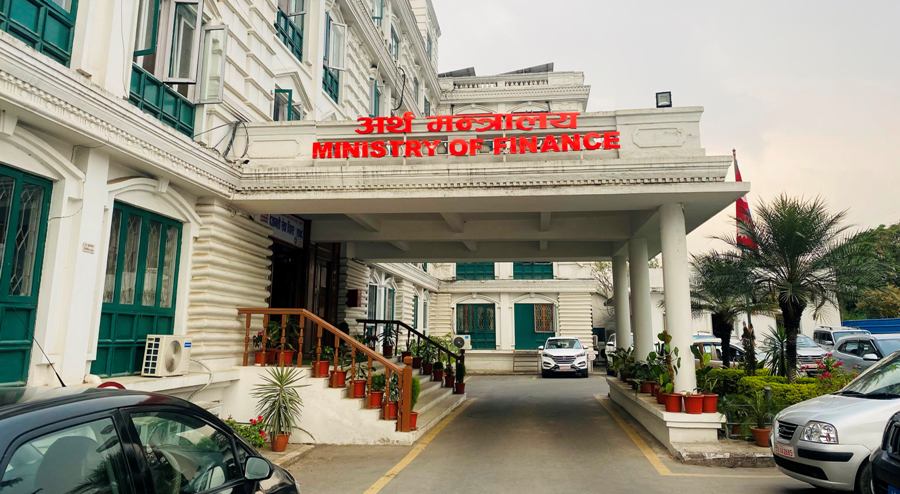
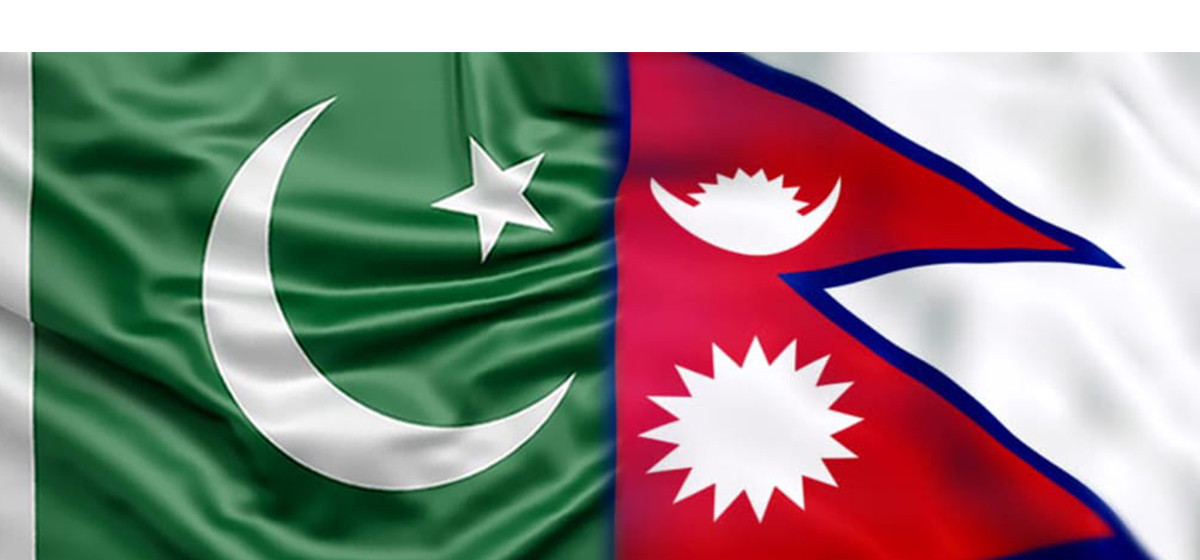
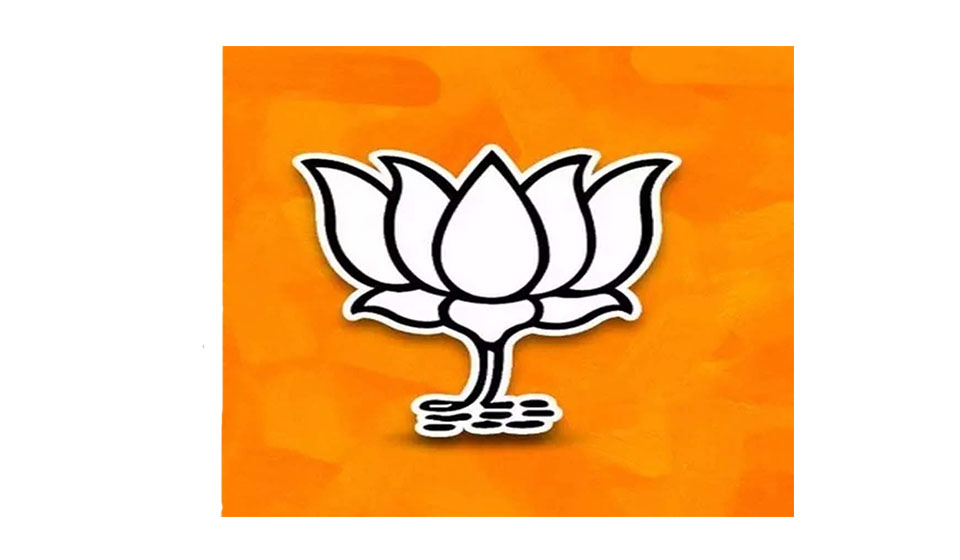
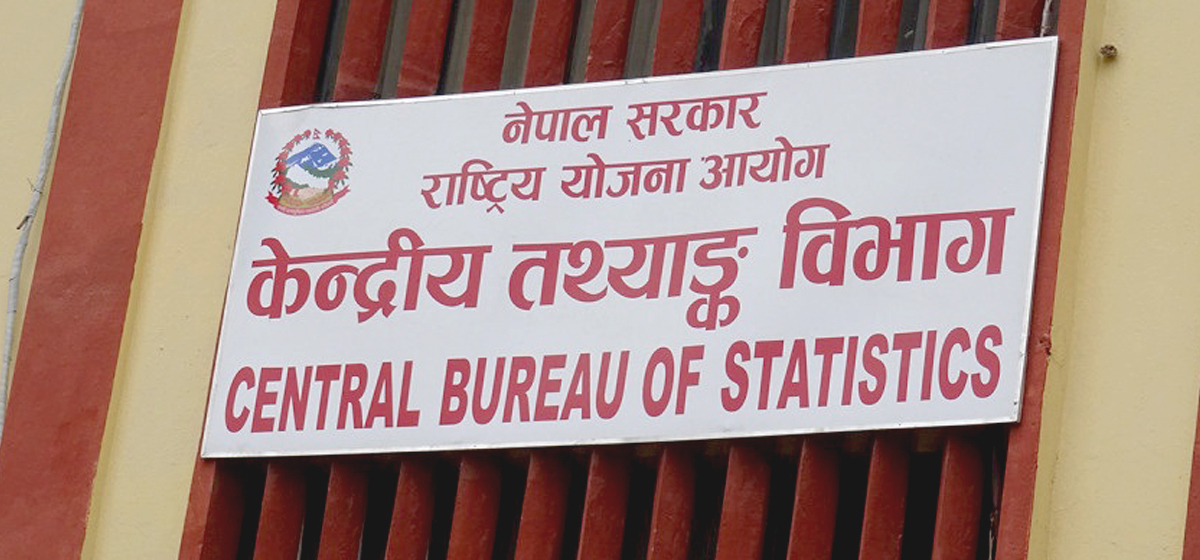
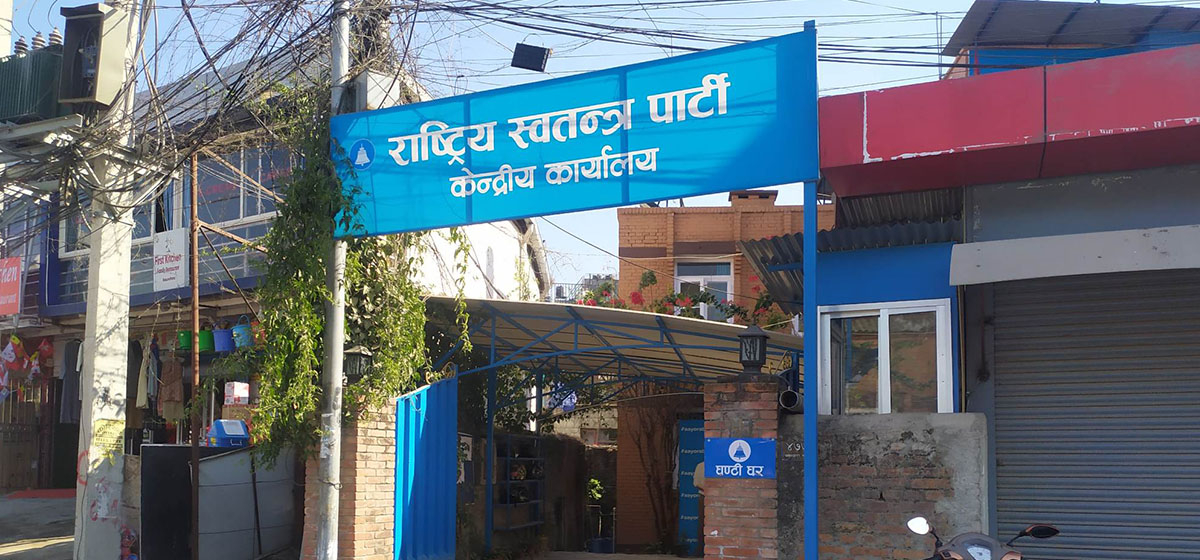

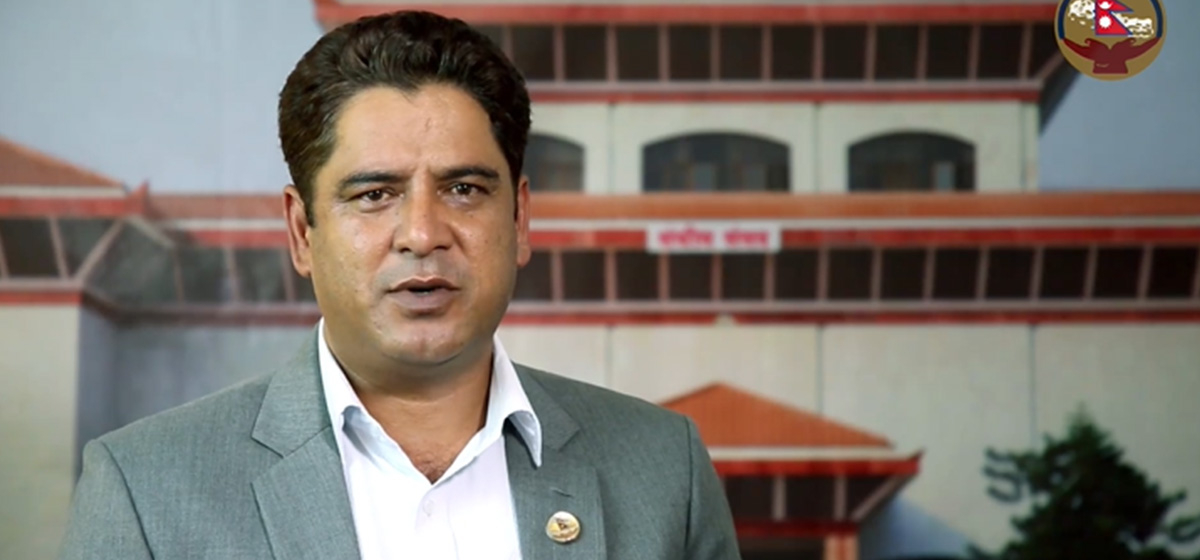
Leave A Comment